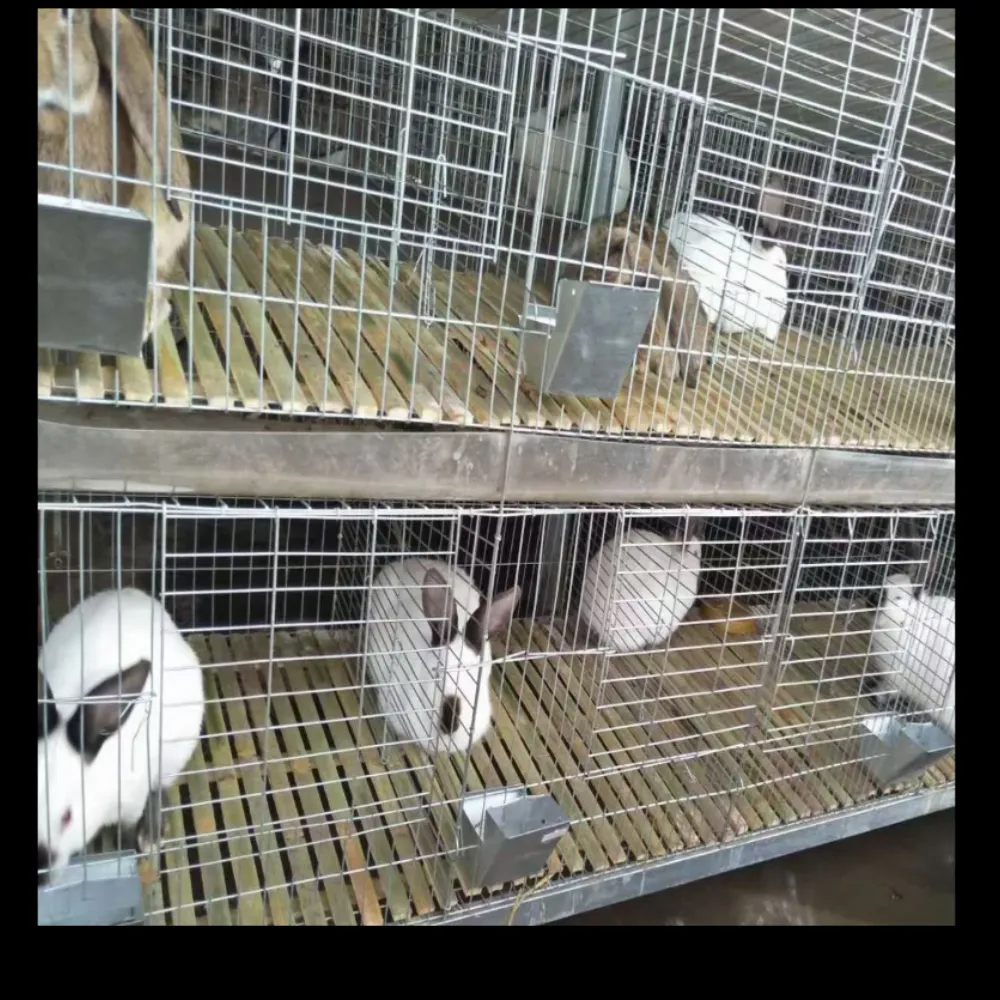How to Properly Install Chicken Wire for Your Garden or Coop Needs
Installing Chicken Wire A Comprehensive Guide
When it comes to safeguarding your garden, securing pets, or creating ornamental fencing, chicken wire is a versatile material that has been used for decades. Not only is it cost-effective and easy to work with, but it also provides an effective barrier against small animals while still allowing sunlight and air to penetrate. This article will guide you through the process of installing chicken wire, ensuring you achieve the best results for your project.
Materials Needed
Before you begin your installation, gather the following materials
1. Chicken Wire Available in various sizes, choose a gauge that suits your needs—typically, 14 to 19 gauge works best for most applications. 2. Fence Posts These will serve as the backbone of your chicken wire fencing. Wooden or metal posts are suitable depending on your aesthetic preference. 3. Post Hole Digger Essential for creating holes for the posts. 4. Staples or Fencing Clips For securing the chicken wire to your posts. 5. Hammer Needed for driving in staples or clips. 6. Wire Cutters To cut the chicken wire to the desired length. 7. Measuring Tape For accurate measurements. 8. Safety Gloves To protect your hands from sharp edges.
Planning Your Installation
Before jumping into the actual installation, it's crucial to plan your project. Measure the area where you want to install the chicken wire and determine how many posts you will need. The distance between the posts typically ranges from 6 to 8 feet. Mark the locations with stakes or spray paint, ensuring that the layout is straight and corresponds to your desired fence line.
Digging Post Holes
Using the post hole digger, create holes at the marked locations. The depth of each hole should be approximately one-third of the length of the fence post—around 2 feet for a 6-foot post. This will ensure that your posts are stable and can withstand wind and any pressure applied by animals.
Installing Fence Posts
installing chicken wire

Place each post into its respective hole and ensure it is level. Fill the hole with dirt or gravel, packing it tightly to secure the post in place. If you want extra stability, you can use concrete to set the posts—this is especially advisable if the fence will experience significant pressure.
Attaching the Chicken Wire
Once your posts are secure, unroll the chicken wire along the perimeter of your fence. Cut the wire to length using wire cutters, allowing a bit of extra length at the ends for overlap. Starting at one end, use the staples or fencing clips to attach the chicken wire to the fence posts. Ensure that the wire is taut and straight as you move along the fence line. This will not only make your fence look better but also improve its effectiveness.
Securing the Bottom
It’s essential to secure the bottom of the chicken wire to the ground to prevent animals from digging underneath. You can either bury a few inches of the wire underground or use landscape staples to pin it to the ground. This additional step will help in deterring burrowing animals, providing an extra layer of security.
Finishing Touches
After you have attached the chicken wire, take a step back to check your work. Ensure that the structure is stable and that there are no gaps that small animals could exploit. If necessary, trim off any excess wire and dispose of the scraps responsibly. You might also consider painting or staining the wooden posts to enhance the aesthetic appeal of your chicken wire fence.
Conclusion
Installing chicken wire is a straightforward project that can significantly enhance the safety and functionality of your garden or yard. Whether you are keeping pets in or unwanted animals out, this durable fencing material is an excellent choice. With careful planning and attention to detail, you'll ensure that your chicken wire installation is not only functional but also visually appealing. Happy fencing!
-
Space-Saving Chain Fence Hacks Vertical Gardening with Cyclone MeshNewsJul.16,2025
-
Innovations in Iron Nail Wire Production for Modern ConstructionNewsJul.16,2025
-
Creative Uses of Wire Netting Fence in Modern Landscape DesignNewsJul.16,2025
-
Barbed Wire Fence Innovations in Anti-Climb TechnologyNewsJul.16,2025
-
Architectural Uses of Umbrella Nails for Aesthetic Roof DesignsNewsJul.16,2025
-
Architectural Uses of Razor Barbed Wire in Secure Urban DesignNewsJul.16,2025




